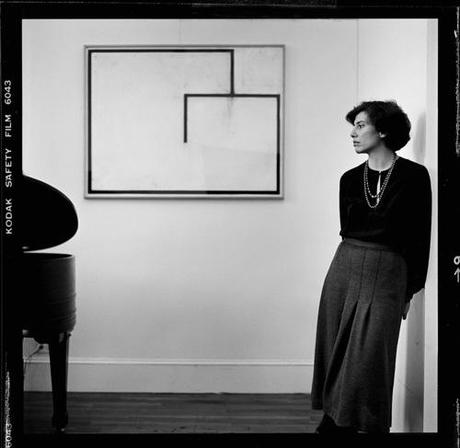
This article on press releases in Triple Canopy makes the argument that stuff written about the art world is basically unintelligible because it’s in IAE (International Art English), a language based on English that is actually a totally disparate dialect.
I would actually argue that the article itself is written in IAE, or at the very least BGO (Boring Grad Overarticulation), but it’s a somewhat interesting read.
I don’t know if any of you motherfuckers have ever read a press release sent out by a gallery, or an article in ArtForum, but if you have, you know that they make almost no sense. It’s like, you can read every word out loud, but you have no idea what the sentences mean. And it’s not because you’re not intelligent enough to understand it. It’s because whoever wrote them strung together a bunch of catchwords fomented in Marxist critical theory—”praxis,” “made up adverb,” “zombie noun,” “I can’t even think of any because even with a graduate degree from Columbia in critical theory, I can’t define them”—so as to give the writer (and even more tragically, the artist) extra special legitimacy.
The Triple Canopy article argues that is is an international language expressed in English, but rooted in German and French (languages in which most of modern philosophy was written). It reflects the globality (IAE word?) of the art world, which is exists everywhere, thanks to the proliferation of art fairs (you going to the Bamako Biennial, baby?), but is dominated by the white-man cultural hegemony of the Western World. I think it’s best summed up, however, by the text quoted at the beginning of the piece:
Of this English upper-middle class speech we may note (a)that it is not localised in any one place, (b) that though the people who use this speech are not all acquainted with one another, they can easily recognise each other’s status by this index alone, (c) that this elite speech form tends to be imitated by those who are not of the elite, so that other dialect forms are gradually eliminated, (d) that the elite, recognising this imitation, is constantly creating new linguistic elaborations to mark itself off from the common herd.
—E. R. Leach, Political Systems of Highland Burma: A Study of Kachin Social Structure, 1954
Even that is almost impossible to read.
Anyway, you can read the article for yourself if you want to be edumacated, or vindicated, or whatever. Click the + arrows to the write to scroll through it. It took me like 5 minutes to figure that out for myself, so that’s why I’m telling you. Good design, folks. See you out there.
(And thanks to Cat for sending this to me.)
